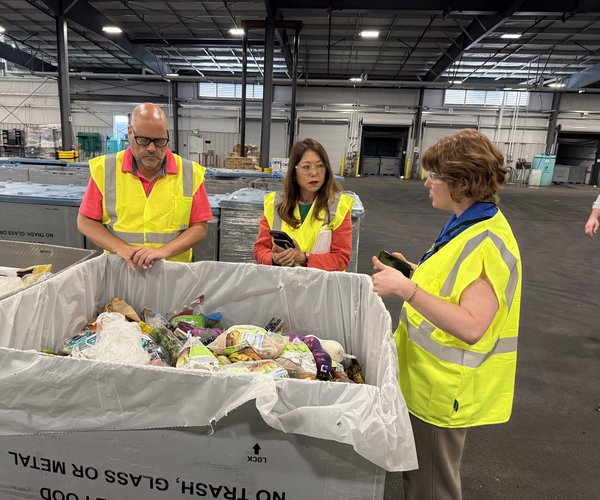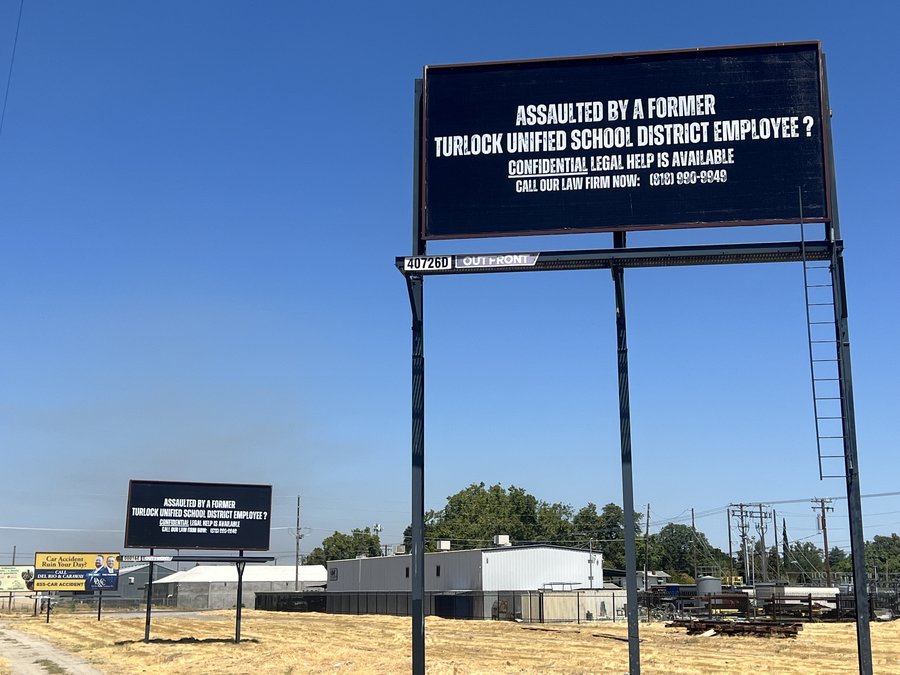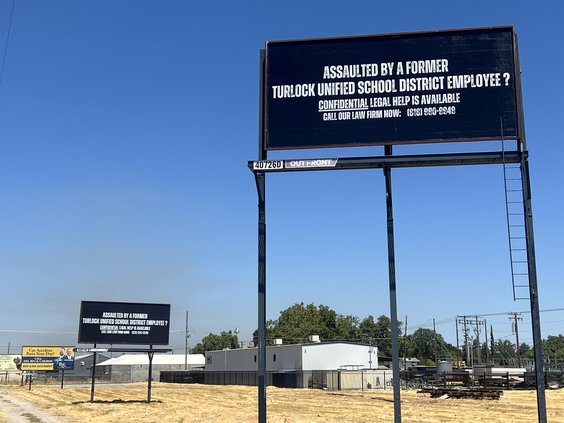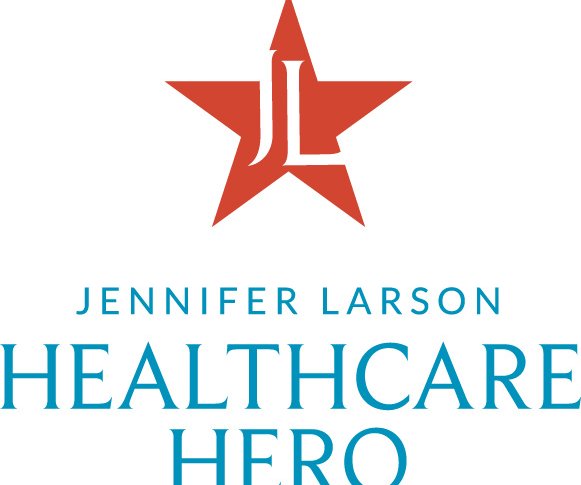In the aftermath of pregnancy or infant loss, it is all-too-easy to feel hopeless and alone. Knowing this, HeartStrings at Jessica’s House hopes to smooth the road to recovery for mothers and families by providing solace, companionship and coping mechanisms to combat the painful and emotional impact resulting from the loss of a child.
“We support grieving families by decreasing isolation and creating a safe place where someone who is grieving can express what they’re going through with others who understand,” said Executive Director Erin Nelson. “We hope that the participants know they are not alone. There is an unfortunate stigma with pregnancy loss that we are passionate about countering. Pain is intensified when we are isolated and it’s important that we know others who can share in our experience of losing a baby.”
The concept of HeartStrings came from two Jessica’s House volunteers Lizzie Volk and Melissa Ahlem, who approached Nelson with their own personal stories of pregnancy loss and asked if they could co-facilitate the group each month. As a result, HeartStrings officially launched in July 2015 with a goal of bringing families together so they can support one another during the very painful time of facing pregnancy loss, stillbirth or infant loss.
“Their personal passion and commitment to these families has been the key to its success,” said Nelson. “They said that when they lost their babies they longed for others who they could have a ‘me too’ experience of knowing they weren’t the only one. They felt isolated because in our culture many times pregnancy loss isn’t talked about openly.”
According to the Centers for Disease Control and Prevention, “both miscarriage and stillbirth describe pregnancy loss, but they differ according to when the loss occurs. In the United States, a miscarriage is usually defined as loss of a baby before the 20th week of pregnancy, and a stillbirth is loss of a baby after 20 weeks of pregnancy.” Stillbirth, which is the death of a baby before or during delivery, affects about 1 percent of all pregnancies, with about 24,000 babies born stillborn in the United States each year. This amount is about the same number of babies that die during the first year and more than 10 times as many deaths from Sudden Infant Death Syndrome, which is the sudden death of an infant less than one year of age.
Through HeartStrings, those who have been affected by pregnancy loss, stillbirth or infant loss share their stories in a safe space. Members spend time journaling independently or participating in art activities, one of which Nelson said tied into the group’s name.
“We created a HeartString on a wooden board with colors of yarn that represented the experience of losing a baby,” said Nelson. “We then wrote a letter to the baby who died and tucked it inside the heart.”
HeartStrings meets once a month at Jessica’s House, located at 741 E. Main Street in Turlock. Those interested in joining HeartStrings are encouraged to call 250-5395 or email info@jessicashouse.org.
Another support group at Jessica’s House, called Hope Bringers, was created in 2012 to help children in the aftermath of a critical incident, such as the loss of a teacher or peer. While other support groups provided by Jessica’s House are primarily held at the Turlock site, this small, but mighty team of volunteers and staff members provides onsite support to children in need. All members received training in Critical Incident Stress Management and Debriefing through local police chaplain David Williams and work alongside Turlock chaplains, police departments and first responders.
“We are part of the National Alliance for Grieving Children and this represents over 400 centers like ours around the United States,” said Nelson. “What we learned is that during the time of disasters and critical incidents such as school shootings or natural disasters that communities rely heavily on the services of centers for grieving children and families. We wanted to be ready.”
Nelson said that the Hope Bringers team provides onsite support in the form of blankets, water, books, therapeutic art activities and one-minute interventions to help a child express and regulate their emotions. The team also provides four-week support groups for schools during lunch to focus on coping strategies and help them find ways to feel better.
“Children affected by trauma can get stuck in the freeze, flight, flee response when they don’t have the support they need to integrate their experience. When they are stuck in their response, their behavior is affected,” said Nelson. “They may disengage from school and begin to have learning difficulties because they can’t concentrate. They may display aggressive behavior when they feel unsafe after a traumatic incident. They may feel the need to run away.
“Support helps them to find ways to express themselves and regulate their emotions. They find tools such as a breathing exercise and coming back to where they are when they begin to feel unsafe,” continued Nelson.
One school district that has benefitted from the Hope Bringers team is Chatom Union School District, which superintendent Cherise Olvera said “lost a special member of our Chatom family” Kathy Cook in August. Cook was the school nurse at Chatom Elementary and Mountain View Middle School since 2002. She was also a former parent of the district.
“In a small school district, our employees, students and community members are part of a Chatom family,” said Olvera. “When I was informed of [Kathy’s] death, I contacted Jessica’s House to coordinate a support plan that we would offer to staff and students when they received the information the next day. Every staff member I worked with at Jessica’s House was wonderful and helped us in making a very difficult time a little easier.”
Olvera said that through Hope Bringers, all staff members were invited to a voluntary gathering to share stories about Kathy, offer support to one another, and discuss ways to share the sensitive information with parents and students. Team members read stories to students, gave them an opportunity to talk about Cook, offered additional one-on-one support and provided peer group therapy.
“All of our staff, students and families are very important to us and we wanted to make sure that we had enough support in place understanding that each individual would be impacted at a different level depending on how closely staff worked with Mrs. Cook or how frequently a student visited Mrs. Cook,” said Olvera. “Jessica’s House was a great resource and offered a wonderful support system for the varying individual needs. They stood beside us ready to help support our students and staff as needed.”









